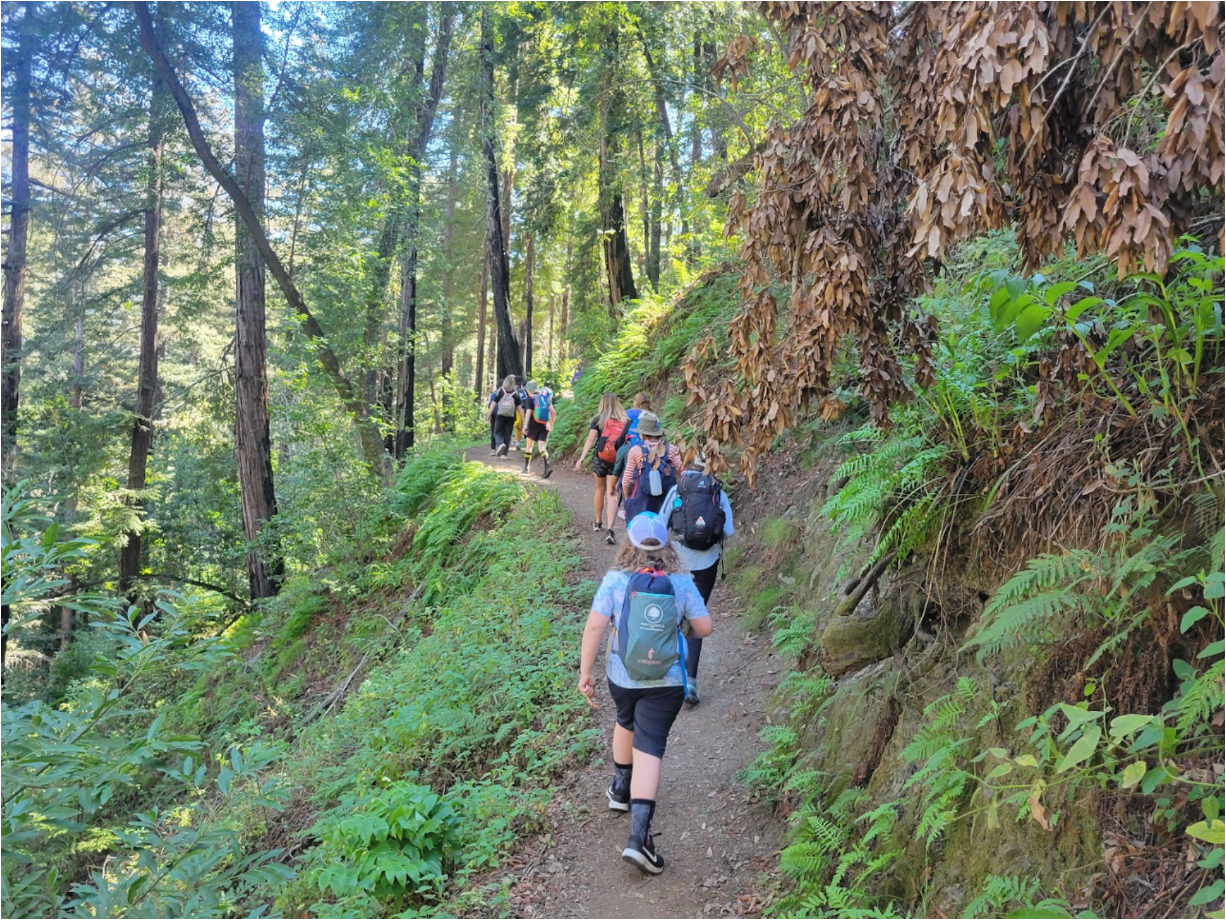“I know some pinecone trees open up their pine cones in fire. How do redwoods spread their seeds?”
This week, before heading off on their grade level overnight camping trip to Big Sur, 7th Grade Scientists researched and discussed the natural and cultural history of the Big Sur area. Their teacher posed questions and shared a set of print and online resources, including the National Park brochure, a local tree identification book, articles about the lime kilns and about the lives of the Esselen and Costanoan people, various animal and plant range maps, and more. Students read independently, made notes and then discussed their findings, reflecting on connections to what they already knew about these topics, as well as surprise about the things they didn’t know:
There is much evidence of the eight thousand year history of Native People living in this region– do you know their tribal names or how they lived?
The range of California redwood trees has shrunk a lot in just the last 135 years due to human activity– do you know why people were cutting down redwoods in huge quantities?
When considering the environmental impact, one student noticed, “Whoa – skin ulcers, bronchitis, and that’s just from short term exposure. Makes you wonder about the long-term… I’m gonna look up what lime actually is.”
Makes you wonder about the long-term… I’m gonna look up what lime actually is.
Students connected some things they already know and had observed about natural areas being razed to build housing, about the complexity of Native Peoples’ land-use rights in a region where they lived before colonizers arrived, about the impact of humans on animal and plant survival and also their capacity to help rebuild populations, and on how neat it is to live in such a beautiful, rich, diverse place as coastal California. One student said, “When we’re camping this week, we’re going to be camping right in the southernmost range of where these trees live.”

